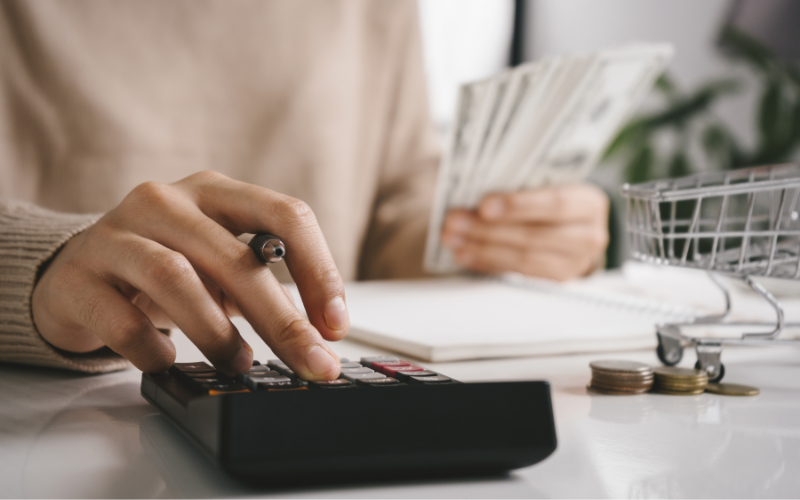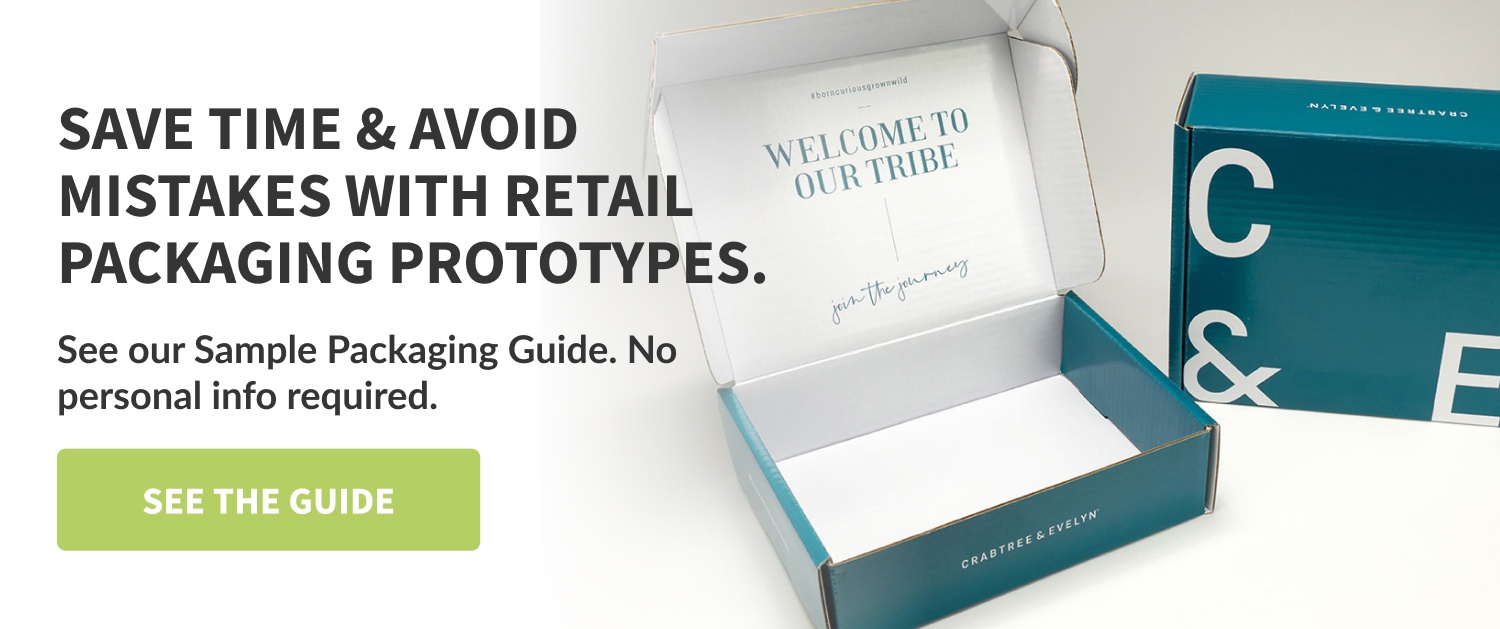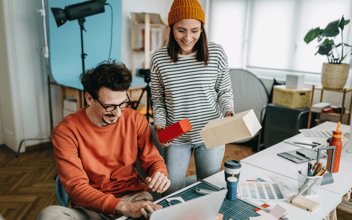How Much Does Product Packaging Cost in 2023?
Updating your product packaging can boost sales and attract new customers—but many brands are worried about redesigns breaking the bank. If you’re wondering how much product packaging costs, you’re not alone.
Packaging costs are determined by several variables, from materials to transportation and competition. Unfortunately, these variables are so broad that it’s nearly impossible to glean exact numbers from 2023 pricing without getting a personalized quote from a packaging company. However, this article looks at trends you can expect for product packaging prices in the coming year and explains how to optimize your supply chain while keeping costs low.
What is Product Packaging?
Many people encounter product packaging without ever considering its role in commerce. Product packaging encompasses any material that surrounds a product, protects it, or provides information about it. Packaging for products includes everything from glass bottles to plastic wrap and cardboard boxes.
Packaging serves multiple purposes. Its primary utility is to protect a product during shipping and ensure brands don’t lose valuable inventory. Another vital purpose of packaging is to advertise a product’s best qualities. Think of the packaging for a product as an extension of your marketing campaign. Highlight the ways your products are superior to competitors and use the opportunity to fine-tune your brand image.
Are Product Packaging Prices on the Rise in 2023?
It’s no secret that global inflation is causing virtually everything to increase in price. Packaging costs are no exception. A combination of macro-scale factors like the COVID-19 pandemic and Russia’s invasion of Ukraine has disrupted supply chains, driving up the cost of goods.
Product packaging prices are affected by material costs, the cost of labor, the complexity of packaging design, and more. Unfortunately, you can expect both labor and material prices to increase in 2023 due to ongoing global inflation. But companies do have control over packaging design. Simplify your design or find more easily sourced materials to cut down on unnecessary costs. If you’re considering a new design, order sample packaging so you can experience a fully rendered mockup of your packaging before you commit.
What are Product Packaging Costs in 2023?
Expect the cost of product packaging to vary widely this year. Complex packaging with expensive materials will incur the greatest price increases. The underlying price differentials are mostly driven by discrepancies in raw materials and shipping—which can fluctuate on a daily basis.
Thankfully, container rates are quickly dropping from COVID-era peaks, which makes sourcing materials internationally much more attractive. It’s also important to consider the size and weight of product packaging. Heavier materials like glass will cost more to ship than lightweight materials like cardboard.
If you sell luxury products, you may be able to recoup the cost of complicated luxury packaging. But other brands should consider simplifying their designs to cut down on unneeded expenditures.
Finally, remember that the number of units produced will have a huge impact on final costs. In general, the larger your order, the lower the cost-per-unit—which makes all the difference when you’re selling products at scale.
If you want concrete packaging cost examples, you should set up a meeting with a packaging company and get a real-time estimate. Overall, the cost of product packaging can range from a few cents for a simple cardboard box to several dollars for more complex or specialized packaging.
Many brands opt to order sample packaging before making a huge order so they can dial in their design and increase sales.
How to Reduce Product Packaging Costs
Packaging for products involves a matrix of different factors that can be challenging to navigate. Use these helpful tips to reduce your product packaging costs.
First and foremost, you should choose the right packaging material. Lightweight materials will save on shipping costs and locally sourced materials are less susceptible to supply chain issues. You should also consider cutting down on packaging in general.
Minimalist packaging serves two primary purposes. First, it creates a sleek look that connotes high-end goods. Second, it reduces the total amount of material per unit, greatly reducing costs.
You might also want to consider using recycled materials in your packaging. Customers are looking for eco-conscious brands and are often willing to pay a little more when a brand matches their values. As an added bonus, you can lower your own material costs and your carbon footprint in the process.
Look for a packaging provider who has in-house design and automation equipment. This will reduce labor costs and increase efficiency. Don’t be afraid to negotiate if you feel prices are too high. A qualified provider will work to get you great packaging at a great price.
Your provider should also have access to digital tools like 3D modeling software so you can order impressive sample packaging and test multiple iterations of your product packaging before you commit.
How a Packaging Engineer Can Ensure Cost Effective Packaging
If you want to get affordable, durable, aesthetically pleasing product packaging, an experienced packaging engineer is the way to go. A packaging engineer will help you minimize the amount of material used in your packaging without sacrificing structural integrity. They will also ensure you’re using the lightest weight materials possible and remove unnecessary elements that might increase your cost-per-unit.
Using a general knowledge of design, material sciences, and logistics, your packaging engineer will help you navigate the complex world of product packaging and optimize your final product. They can take the entire life cycle—including production, shipping, storage, and disposal—into account to guarantee you have the best possible packaging for your needs.
Packaging engineers can even negotiate with suppliers to get packaging costs down. Count on a packaging engineer to review and assess your packaging design and make huge improvements.
Related Content: What is Package Engineering?
Takeaway
It seems like virtually every industry has been adversely affected by inflation and the COVID-19 pandemic. Product packaging will likely increase in cost in 2023, but there are numerous strategies to combat rising prices.
Keep costs under control by using less expensive materials, sourcing locally, and increasing your order size. If you’re worried about rising prices, consider enlisting a packaging engineer and ordering sample packages before you move forward with a new design.






-1.png?width=352&name=Untitled%20design%20(2)-1.png)